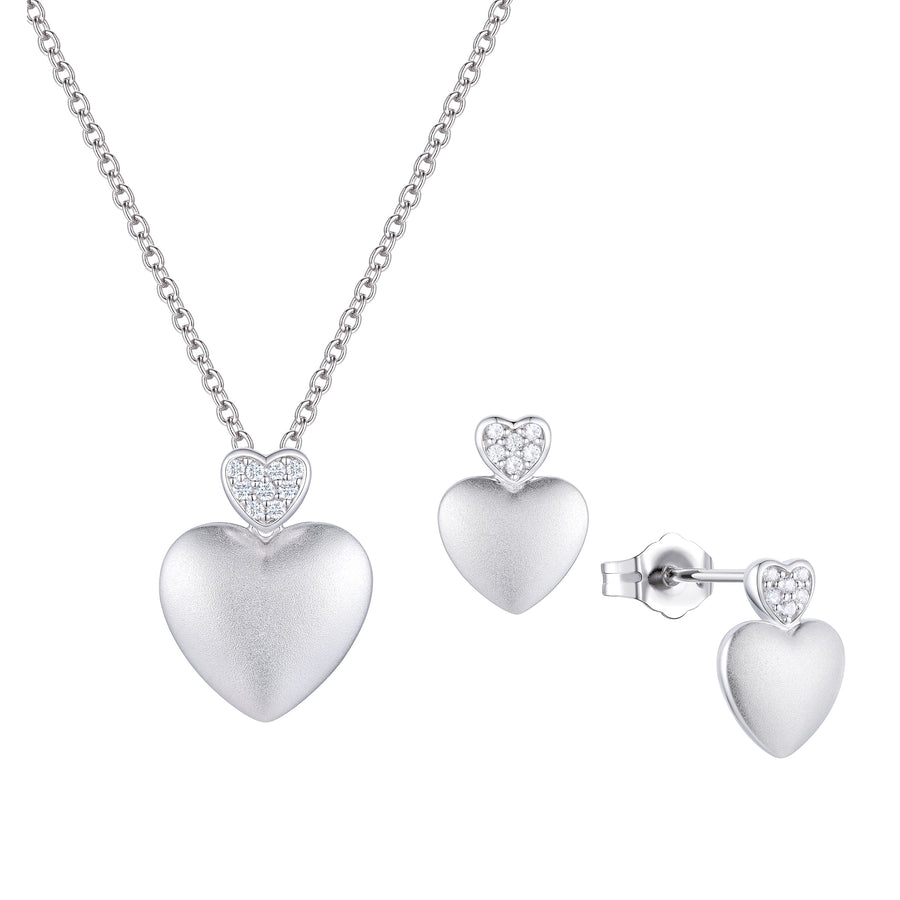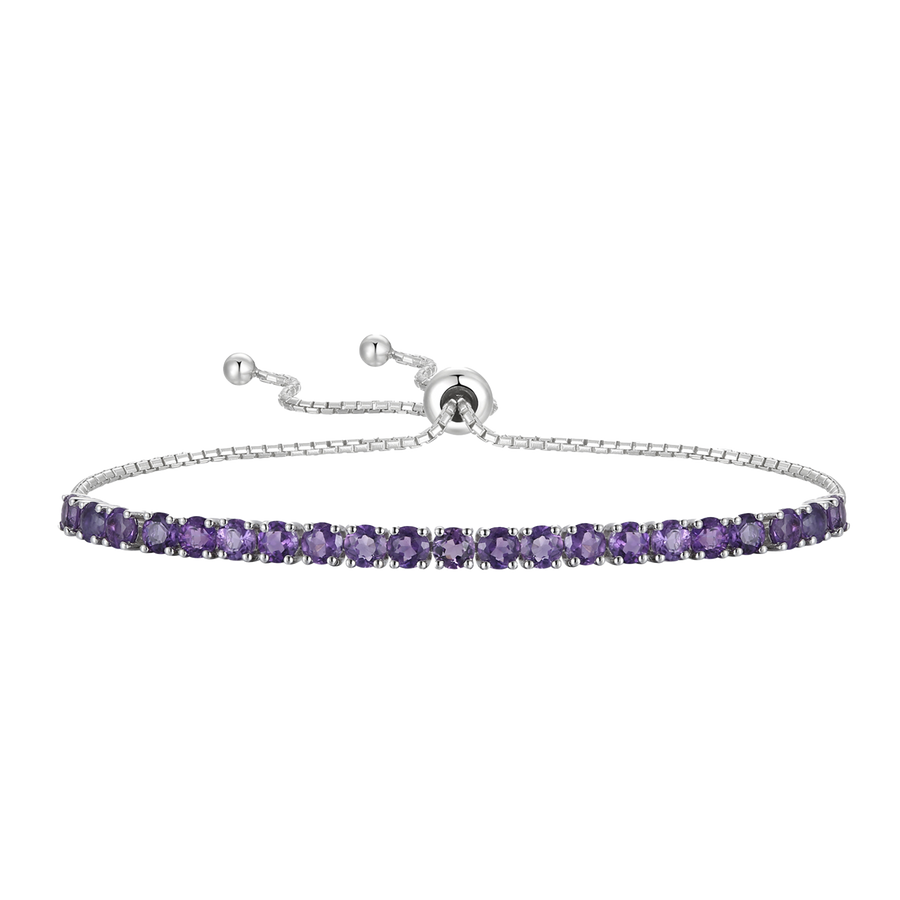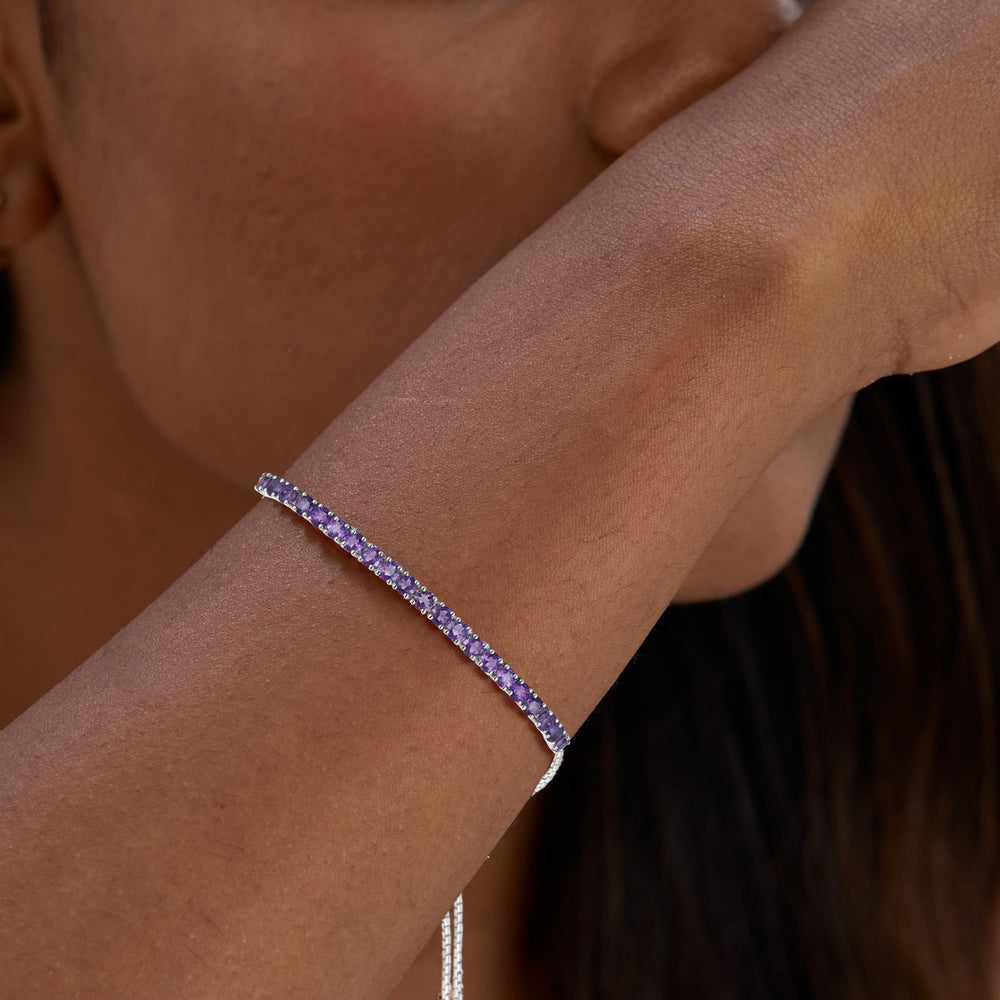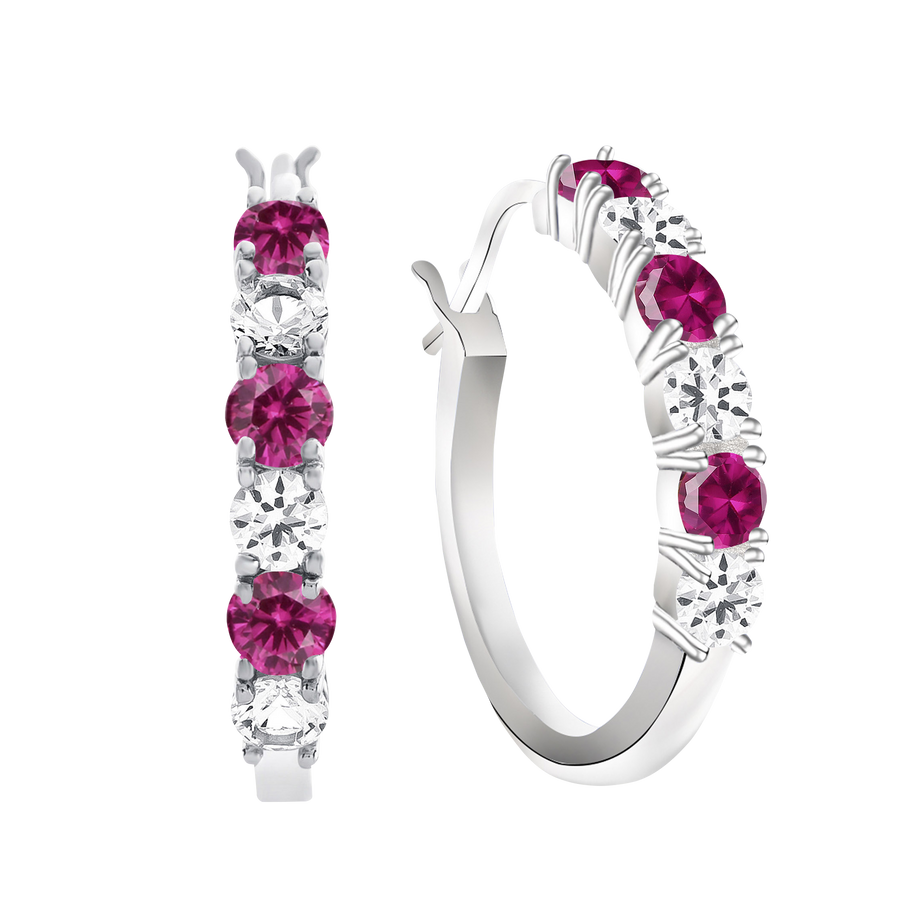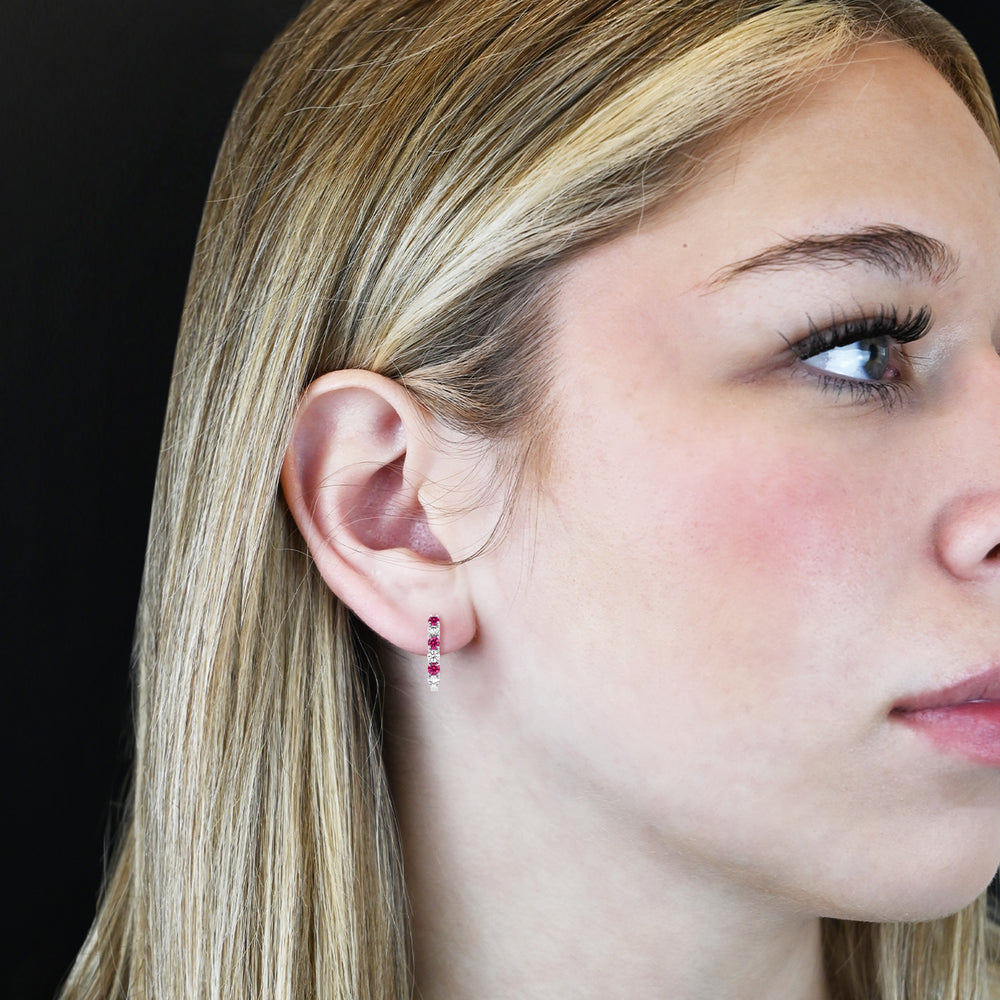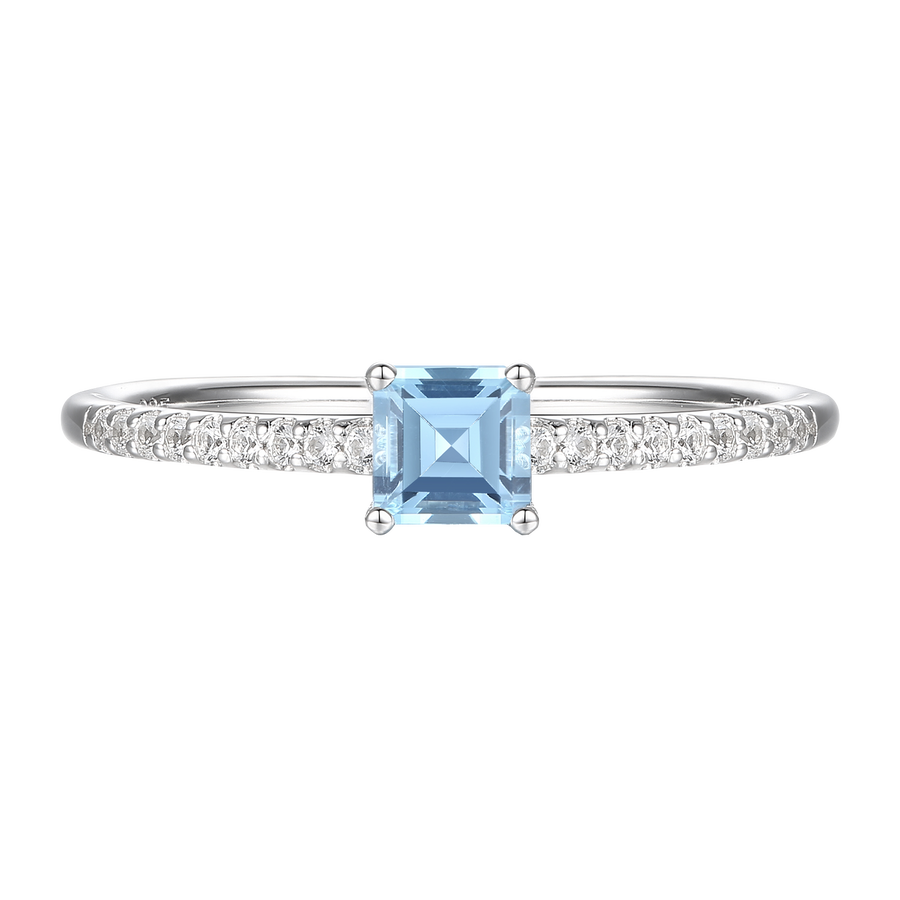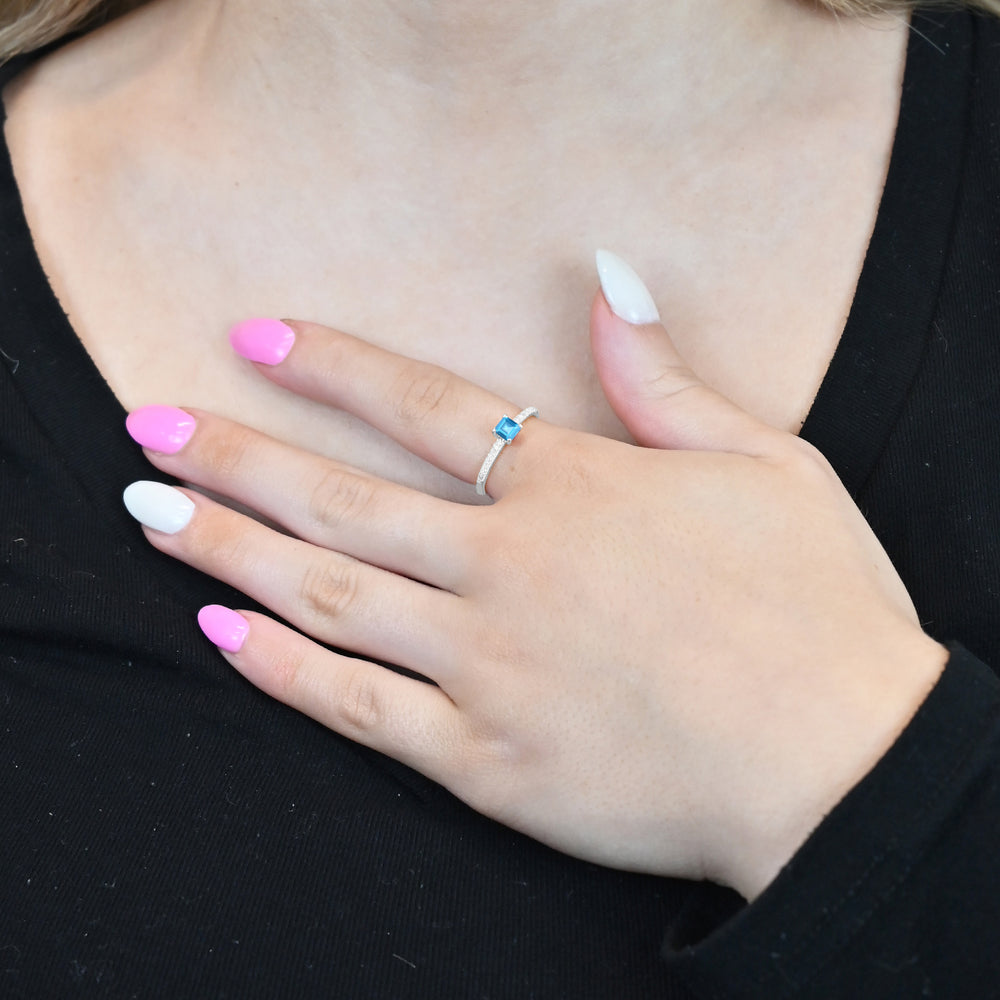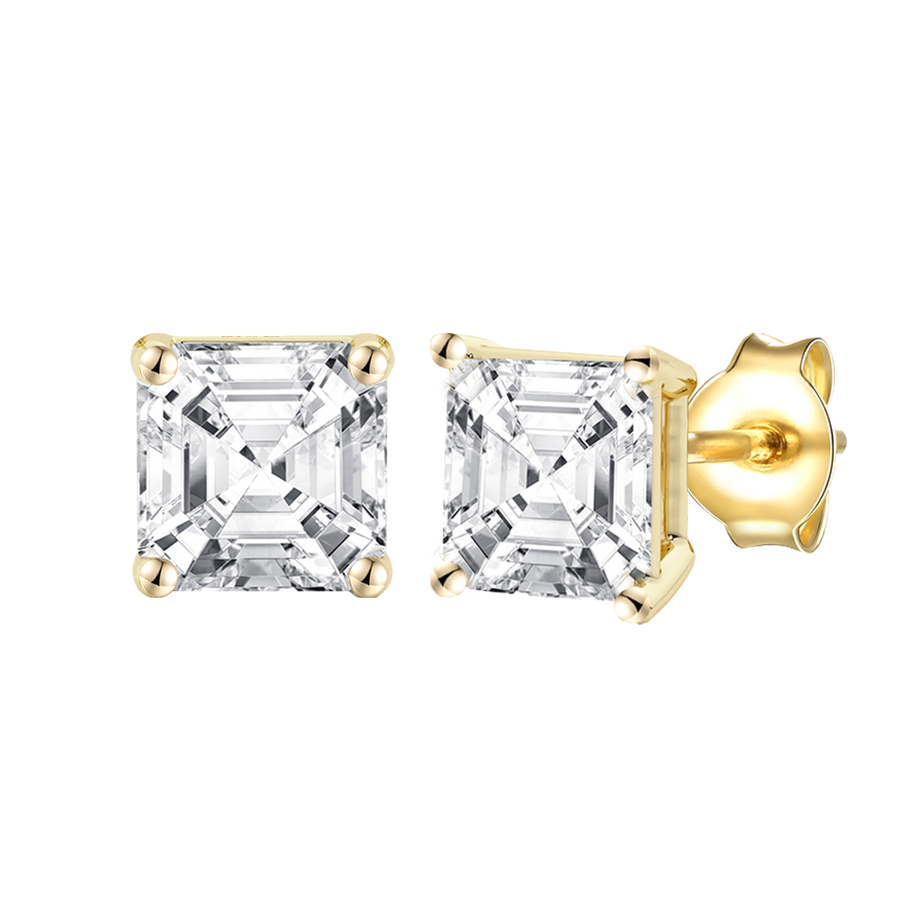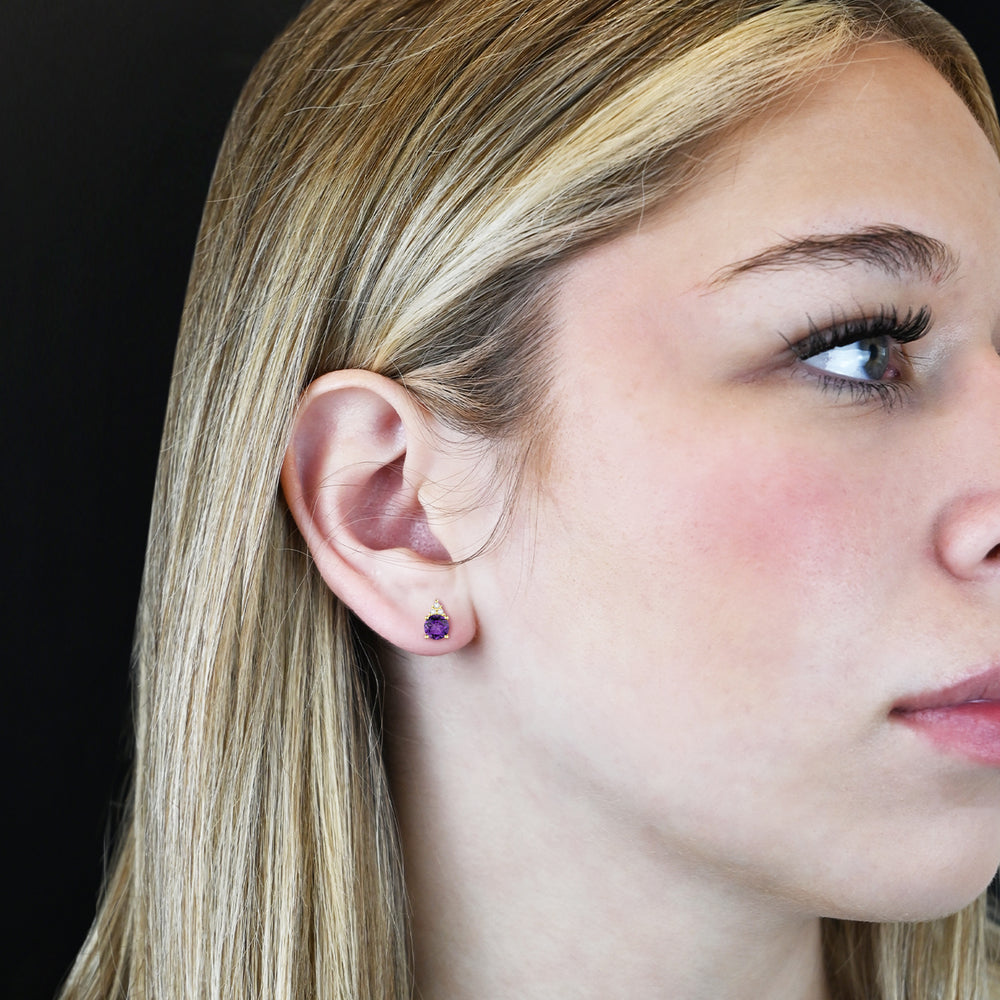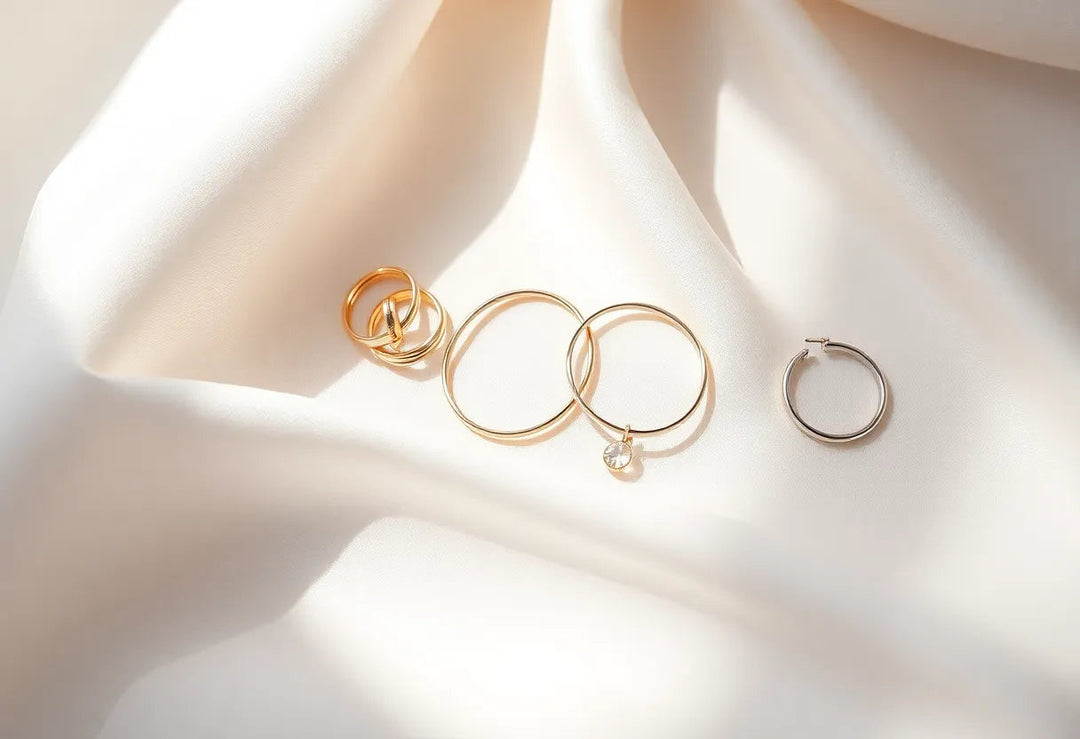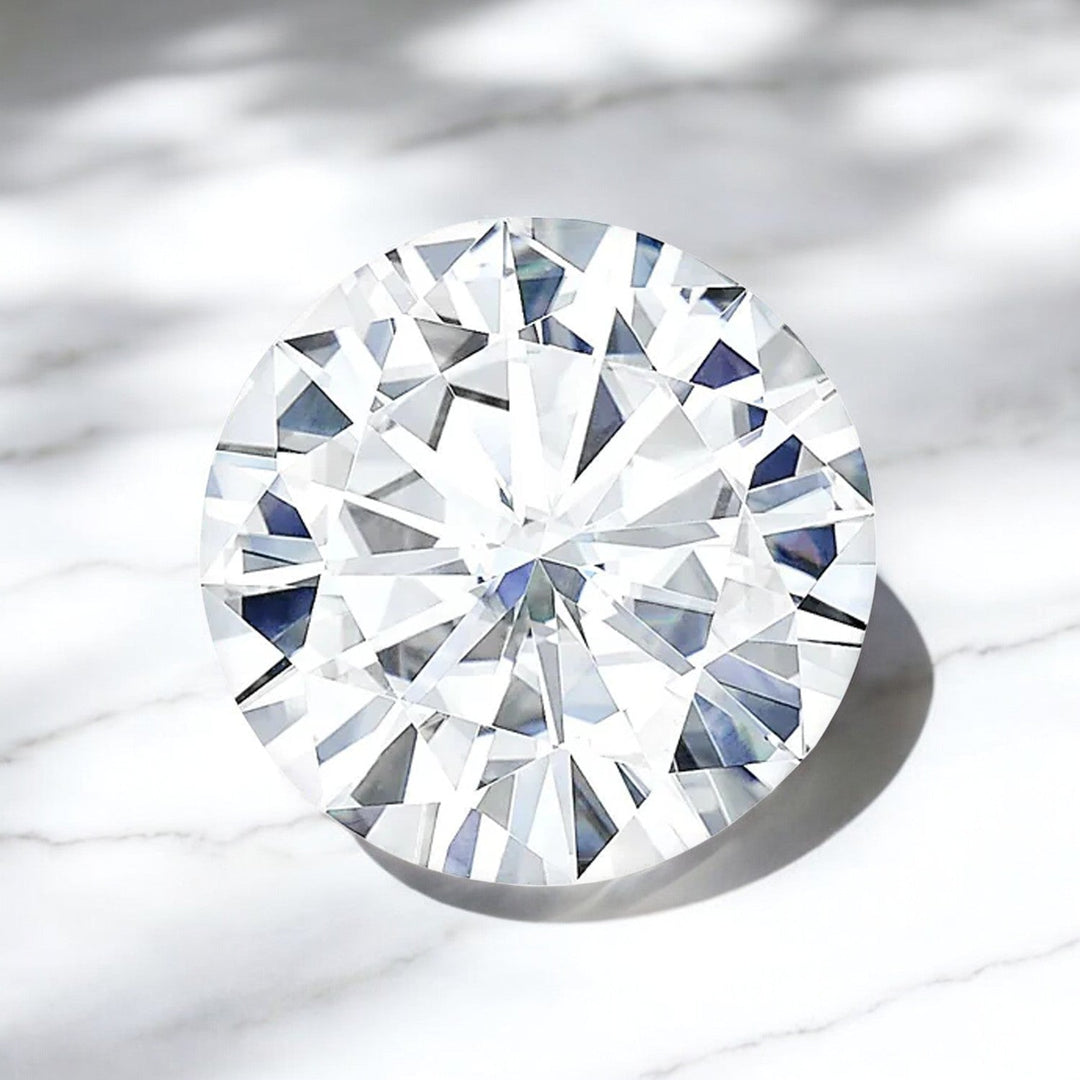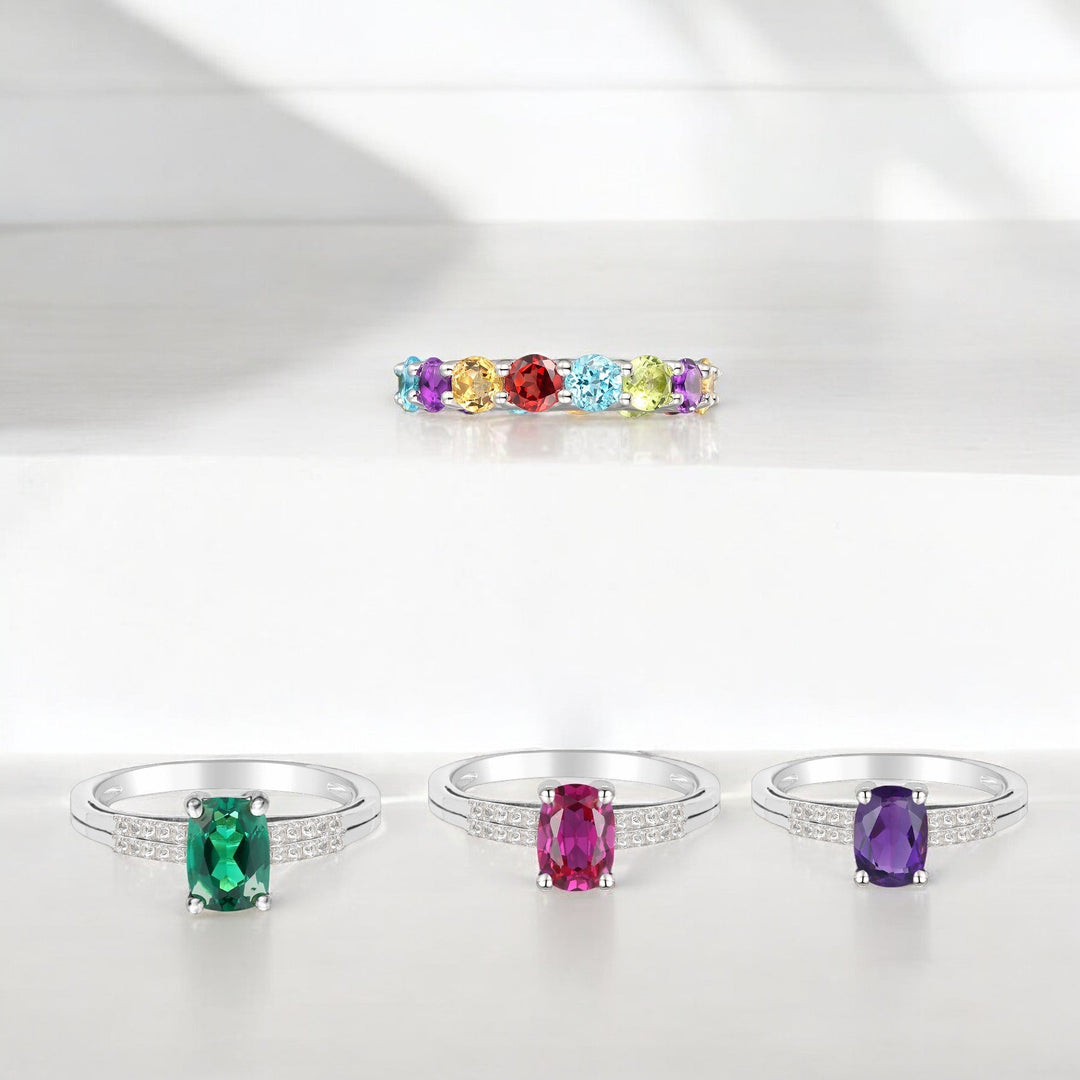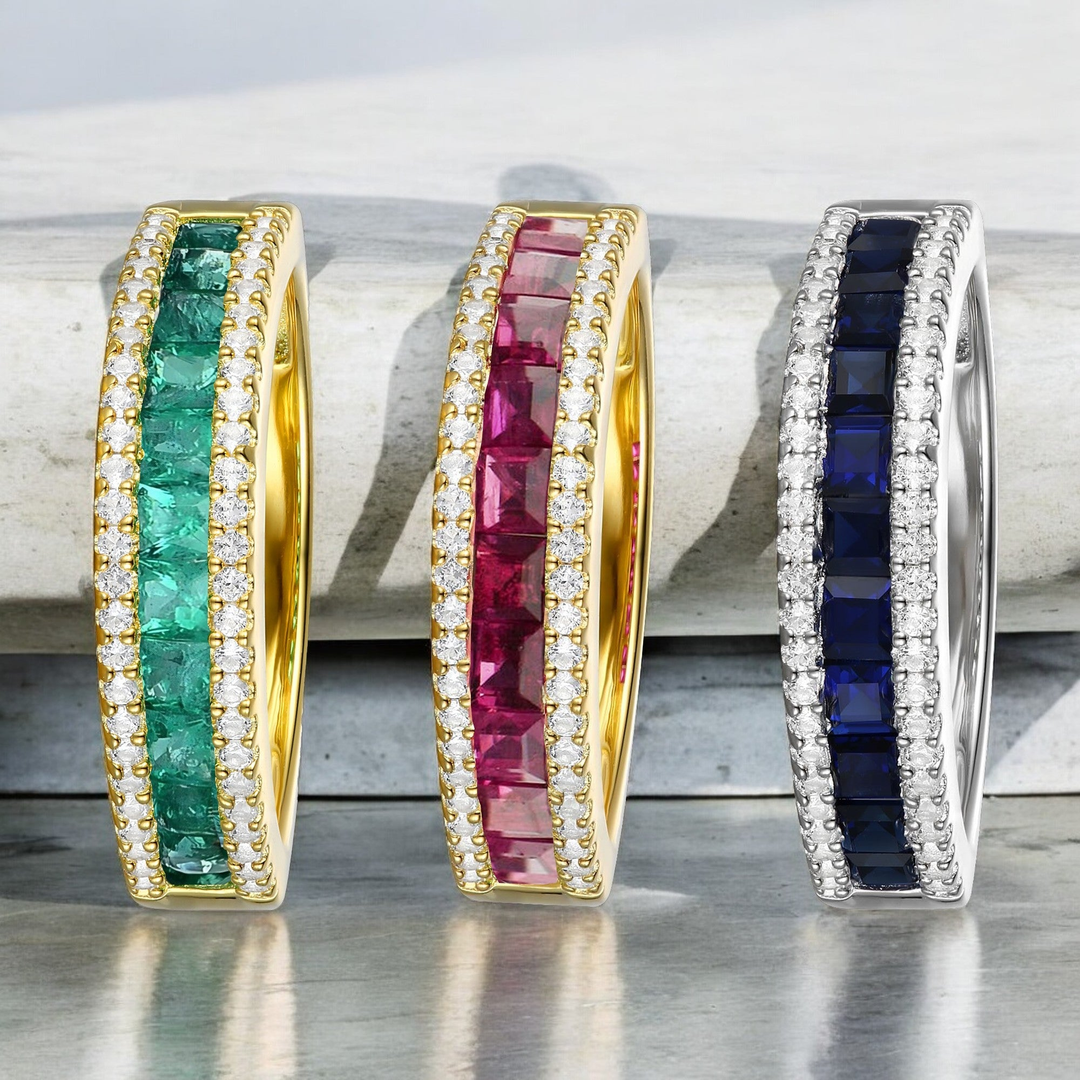The Importance of Quality in Fine Jewelry
Table of Contents
The Evolution of Jewelry Craftsmanship
Jewelry has adorned humans for over 100,000 years. Early pieces were made from shells, bones, and pebbles. As civilizations advanced, so did jewelry making techniques.
Ancient Egyptians pioneered metalworking around 3000 BC. They created intricate gold pieces set with colorful gemstones. Their methods laid the foundation for jewelry craftsmanship for millennia to come.
Over time, jewelers developed new techniques:
- Filigree - delicate metalwork
- Enameling - fusing glass to metal
- Stone cutting - precise gem shaping
- Lost-wax casting - creating detailed molds
The Industrial Revolution brought machines into jewelry production. This increased output but sometimes at the cost of quality. Hand-craftsmanship remained the gold standard for fine jewelry.
Today, technology and tradition blend in jewelry making. Computer-aided design allows for intricate 3D modeling. Laser cutting achieves precision impossible by hand. Yet the human touch remains crucial for truly exquisite pieces.
Quality Markers Then and Now
Jewelry quality assessment has evolved too. Traditional markers include:
- Purity of precious metals
- Clarity and cut of gemstones
- Craftsmanship of settings
- Overall design aesthetics
Modern quality indicators now also consider:
- Ethical sourcing of materials
- Use of innovative technologies
- Durability and wearability
At Tirafina, we blend time-honored techniques with cutting-edge tech. This ensures our pieces meet both traditional and contemporary quality standards.
| Era | Primary Materials | Key Techniques |
|---|---|---|
| Ancient | Gold, silver, gemstones | Hand forging, stone setting |
| Industrial | Mass-produced metals, synthetic gems | Machine stamping, mold casting |
| Modern | Precious metals, lab-grown diamonds | 3D printing, laser cutting |
As jewelry making evolves, one thing remains constant - the pursuit of quality. Whether crafted by ancient hands or modern machines, fine jewelry continues to captivate and inspire.
Hallmarks of Quality Materials
When it comes to fine jewelry, the materials used make all the difference. High-quality gemstones are judged on what experts call the "4 Cs" - cut, clarity, color, and carat weight. Each of these factors plays a crucial role in a gem's overall beauty and value.
Let's break down why these matter:
- Cut: Affects how light interacts with the stone
- Clarity: Determines how clean and clear the gem appears
- Color: Influences the stone's visual appeal
- Carat weight: Impacts the overall size and often the price
But it's not just about the sparkly bits. The metal used in jewelry is equally important. Precious metals like gold and platinum are measured in terms of purity. For instance, 14K gold contains 58.3% pure gold, while 18K gold is 75% pure. Higher purity often means better durability and a richer color.
Interestingly, lab-grown diamonds are becoming increasingly popular. They have the same physical and chemical properties as natural diamonds but are often more affordable. At Tirafina, we offer both options to cater to different preferences and budgets.
Craftsmanship That Stands the Test of Time
Quality jewelry isn't just about fancy materials - it's also about how those materials are put together. Good craftsmanship can make the difference between a piece that lasts a lifetime and one that falls apart after a few wears.
Here are some key elements of superior jewelry construction:
- Secure stone settings
- Smooth, even metal surfaces
- Sturdy clasps and closures
- Well-soldered joints
- Consistent finishing throughout the piece
Precision is crucial when it comes to setting stones and creating intricate designs. A skilled jeweler can enhance a gem's natural beauty through proper placement and secure setting techniques. This not only makes the piece more visually appealing but also ensures its longevity.
Good craftsmanship also affects how a piece of jewelry wears over time. A well-made ring, for example, will maintain its shape and shine even with daily wear. In contrast, poorly constructed jewelry may lose stones, develop rough edges, or even break entirely.
The Value Proposition of Quality Jewelry
When you invest in quality jewelry, you're not just buying a pretty accessory - you're making a long-term investment. High-quality pieces often appreciate in value over time, especially those made with rare gemstones or precious metals.
But the value of fine jewelry isn't just financial. There's also an emotional aspect to consider. A well-crafted piece can become a cherished heirloom, passed down through generations. The sentimental value of such pieces often far outweighs their monetary worth.
| Aspect | Low-Quality Jewelry | High-Quality Jewelry |
|---|---|---|
| Durability | Wears quickly, prone to damage | Lasts for years with proper care |
| Value Retention | Depreciates rapidly | Often maintains or increases in value |
| Emotional Value | Limited sentimental attachment | Can become cherished heirlooms |
When considering the cost of quality jewelry, it's important to think long-term. While the initial investment might be higher, high-quality pieces often prove more economical over time. They require less frequent replacement and can even serve as valuable assets.
At Tirafina, we understand the importance of quality in fine jewelry. That's why we offer pieces like our 10K White Gold 1/2 ct tw Diamond Channel Set Huggie Hoop Earring. These earrings exemplify the combination of quality materials and expert craftsmanship that defines truly valuable jewelry.
Navigating the World of Fine Jewelry
When it comes to fine jewelry, quality isn't just a luxury - it's a necessity. Let's break down why investing in high-quality pieces matters and how to spot them.
First, consider the long-term value. Quality jewelry stands the test of time, both in durability and style. This is especially important for pieces meant to mark special occasions or become family heirlooms.
Key factors that determine jewelry quality:- Material purity (gold karat, platinum percentage)
- Gemstone grade (cut, clarity, color, carat)
- Craftsmanship and finishing
- Brand reputation and certifications
When shopping for fine jewelry, whether online or in-store, keep these tips in mind:
- Ask for certification, especially for diamonds and precious gemstones
- Examine the piece closely under good lighting
- Feel the weight - quality pieces often have a substantial feel
- Check for clear hallmarks indicating metal purity
Balancing personal style with quality is key. While trends come and go, classic designs in high-quality materials retain their appeal. That's why pieces like Tirafina's 10K White Gold Diamond Huggie Hoop Earrings are so popular - they combine timeless style with lasting quality.
Remember, reputable sellers like Tirafina offer policies that protect your investment, such as hassle-free returns and authenticity guarantees. These policies reflect confidence in their product quality and commitment to customer satisfaction.
In the end, choosing quality fine jewelry isn't just about the immediate sparkle - it's about creating lasting value and memories. Whether you're treating yourself or selecting a gift, prioritizing quality ensures your jewelry will be treasured for years to come.
Embracing Quality for Timeless Beauty
Quality in fine jewelry isn't just about looks - it's about creating pieces that last. When you choose well-made jewelry, you're investing in something special that can be enjoyed for years to come. Whether it's a pair of gemstone earrings or a diamond necklace, quality craftsmanship shines through.
At Tirafina, we believe everyone deserves jewelry that's both beautiful and durable. That's why we offer pieces like our 10K White Gold Diamond Huggie Hoop Earrings, which combine classic style with lasting quality.
Remember, fine jewelry is more than just an accessory - it's a way to celebrate life's special moments. By choosing quality pieces, you're creating memories that can be treasured for generations. As you explore our collection, keep in mind the value of investing in jewelry that's made to stand the test of time.
Common Questions About Jewelry Quality
How can I tell if a piece of jewelry is high quality?
Look for hallmarks indicating metal purity, examine the craftsmanship for smooth finishes and secure settings, and check for clarity in gemstones. At Tirafina, we ensure all our pieces meet strict quality standards, like our 10K White Gold Diamond Huggie Hoop Earrings.
What are the best ways to care for fine jewelry?
Store pieces separately to avoid scratches, clean regularly with a soft cloth, and avoid exposure to harsh chemicals. For more delicate items, consider professional cleaning. Our Tirafina care guide provides specific tips for maintaining the brilliance of your jewelry.
Why are jewelry certifications important?
Certifications from reputable gemological labs verify the quality and authenticity of gemstones and metals. They provide assurance of what you're buying and can affect the value of the piece. All Tirafina lab-grown diamonds come with certificates detailing their specifications.
How often should I have my jewelry inspected?
It's wise to have fine jewelry professionally inspected annually. This helps catch any loose stones or worn prongs before they become a problem. Regular inspections can prevent loss and maintain your jewelry's condition over time.
What makes lab-grown diamonds a quality choice?
Lab-grown diamonds have the same physical and chemical properties as mined diamonds, often with fewer imperfections. They're eco-friendly and more affordable, allowing for larger, higher-quality stones. Our Tirafina lab-grown diamond collection offers stunning pieces at great value.
How does Tirafina ensure the quality of its jewelry?
We source materials from reputable suppliers, employ skilled artisans, and conduct rigorous quality checks. Our 30-day return policy and free shipping reflect our confidence in our products. Each piece, from our Birthstones collection to our Trending Collections, is crafted to meet high standards of quality and beauty.




